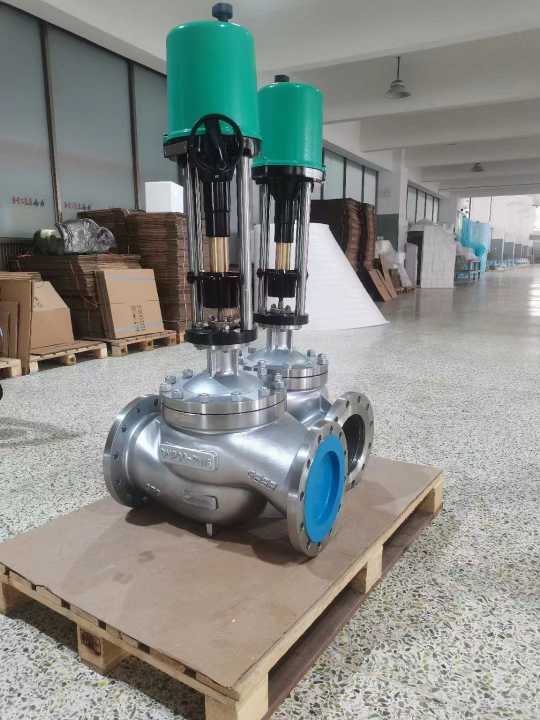hydrogen energy electric single seat regulating valve: a key component for efficient hydrogen systems
Release time:2025-09-22 04:58:38
Hydrogen energy is emerging as a promising alternative to traditional fossil fuels, offering the potential for a cleaner and more sustainable energy future. As this technology advances, various components are being developed to ensure the safe, efficient, and precise control of hydrogen in energy systems. One such crucial component is the Hydrogen Energy Electric Single Seat Regulating Valve, which plays a pivotal role in regulating the flow and pressure of hydrogen in fuel cell systems, storage tanks, and distribution networks. This article explores the importance, design, and applications of these valves in hydrogen energy systems.

The Role of the Hydrogen Energy Electric Single Seat Regulating Valve
The Hydrogen Energy Electric Single Seat Regulating Valve is designed to control the flow of hydrogen gas within a system, ensuring that the gas is delivered in the proper quantity and pressure to meet system requirements. These valves are commonly used in hydrogen-powered fuel cells, hydrogen storage and transport systems, and even in industrial applications where precise control of hydrogen is critical.
Unlike manual valves, the electric actuator mechanism in these valves allows for automatic and remote control, making them ideal for systems requiring continuous and real-time adjustments. The single-seat design of these valves makes them compact and efficient, offering a simpler and more cost-effective alternative to multi-seat valves. This simplicity not only reduces the complexity of the system but also improves reliability and ease of maintenance.

